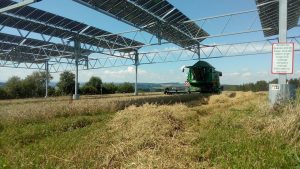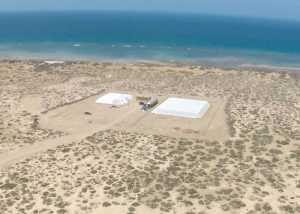
It is amazing how much food can be grown on a small area. In my urban garden every day of the year my wife and I have a range of salad crops and usually several types of vegetables ready to harvest. For about six months of the year there is an abundance of fresh fruit, with plenty to freeze to see us through the winter and spring gap in production. In my average sized town garden I grow strawberries, raspberries, loganberries, blackberries, blueberries, jostaberries, gooseberries, blackcurrants, whitecurrants, redcurrants, grapes, cape gooseberries (physalis) and then there are the trees: apples, pears, cherries, plums, greengages, damsons, peaches and apricots. We also grow elder trees for elderflower and elderberry cordials. We used to grow hazelnuts but decided we didn’t have the space. There are many more species I’d love to grow but we don’t have the space, the time or really the need for any more fruit.
The UK imports 84% of all the fresh fruit that we eat. This means that only about 16% is grown in UK. This is such a bizarre state of affairs. We could reverse these ratios with many positive outcomes. Just to take one example. Plums that are grown in distant countries and shipped to UK have to be picked under ripe and therefore of poor flavour and poor nutritional content. Really ripe plums are delicious and nutritious, but need to be eaten as soon as they are picked. It is almost impossible to transport, store and retail them in the kind of model that supermarkets and greengrocers use, so most people in UK have never eaten a properly ripe plum. Before the days of cheap imports we used to grow more plums than we do now. I recall old and often neglected plum orchards in Herefordshire which now have all gone. In their heyday the fruit would have been harvested and sold locally, or bottled or made into jam for longer term storage. Plums, like so much fruit and vegetables, should be grown close to where people live, and picked and eaten on the same day, or failing that the very next day.
Of course not everybody has the space, the time or the inclination to grow fruit and vegetables. If the government want to ‘build back better’ post Covid there are lots of things I’d love to recommend they do. One of which would be to encourage and fund the expansion of community supported organic farming projects, and especially agro-forestry systems focused on producing a wide range of fruit and vegetables for their local communities.


